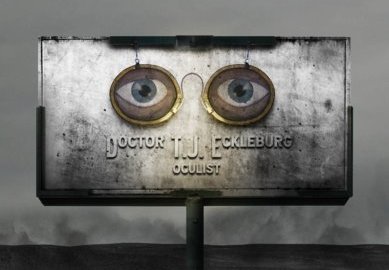Stardust By Niel Gaiman
Stardust is a book written by Neil Gaiman. The book is about a person named Tristran Thorn and his quest into the land of Faerie to find and bring back a fallen star for a girl in the Town of Wall. During his pursuit of this star, he encounters many other people, witches, and princes that are also in pursuit of this star. This book is another take on the classic fairytale storyline, but Gaiman is able to use the standard fairytale plot and story lines to create a well written fantasy novel. I enjoyed the language that Gaiman uses in Stardust and the vivid imagery that is present. He is very descriptive of all the characters which makes the world come alive and the reader is able to create a connection with the many characters in the book. I highly recommend this book to people who like classic fairytales or well written stories with a good ending. I recommend this book because it is a great take on the old fairytale and takes the reader on a journey and ends with a nice feeling i...
